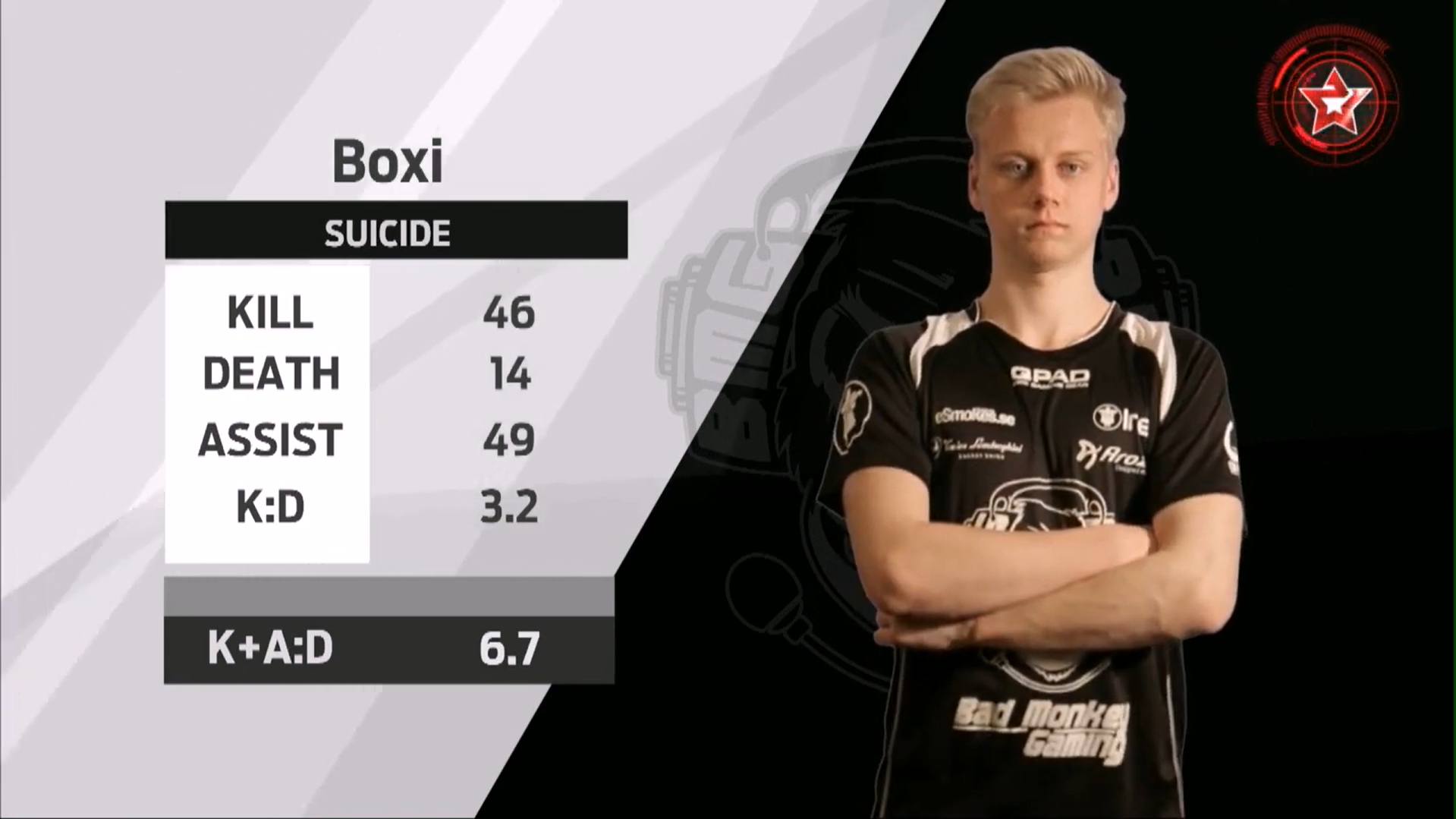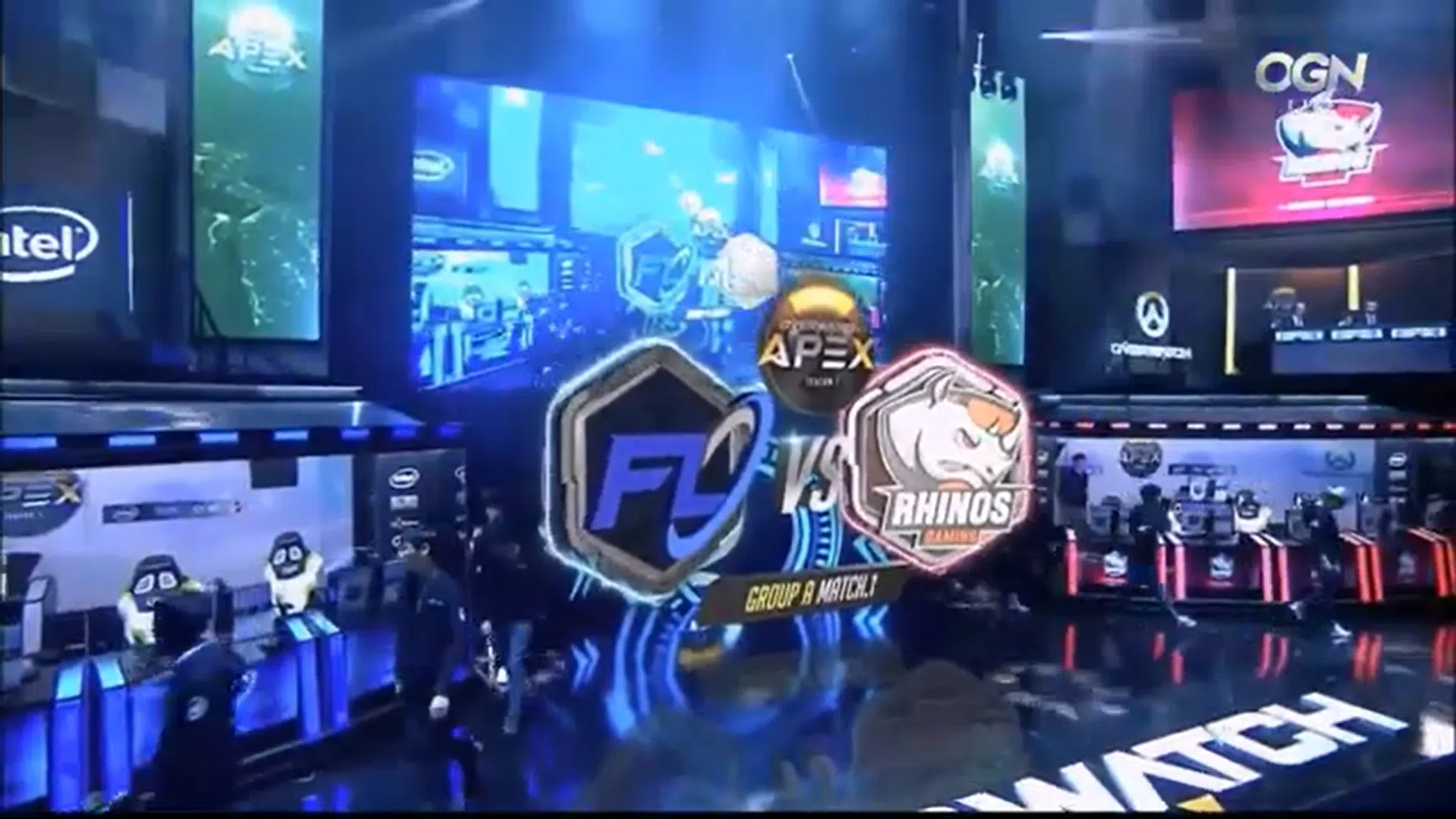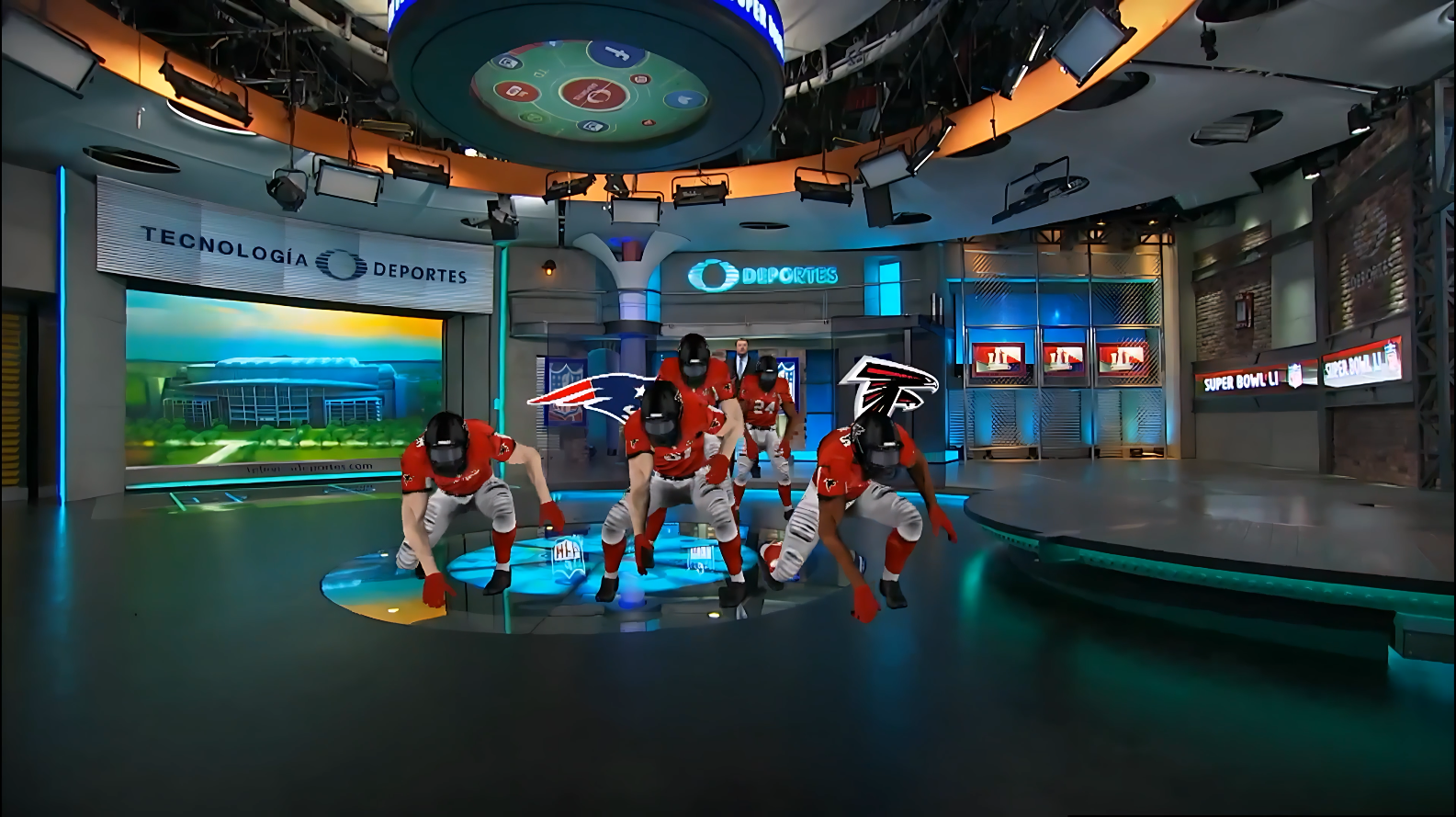Loading video...
eSports Presentation AIC Grand Finals
OGN (formerly known as Ongamenet), a South Korean Television Channel hosted the major gaming event AIC 2018 Grand Finals: Arena of Valor in Seoul using WASP3D’s leading Augmented Reality Broadcast Graphics Solution.
The South-Korea-based television channel OGN (formerly known as Ongamenet) took centre stage when it hosted the major gaming event AIC 2018 Grand Finals of the popular title Arena of Valor in Seoul — and the broadcast presentation was significantly enhanced by WASP3D’s leading Augmented Reality (AR) broadcast-graphics solution.
What made this deployment stand out was how OGN integrated top-tier AR-graphics into a live esports event setting — not simply as fancy overlays, but as a seamless broadcast experience. The technology enabled the channel to present commentary, player stats, match progressions and team data with graphical content layered into the broadcast feed itself. In effect, viewers were not just watching players compete; they were immersed in a dynamically enriched visual environment.
For the AIC 2018 Grand Finals broadcast setting, the WASP3D system allowed OGN to elevate the production value in several key ways. First, by using AR graphics, the show could highlight critical match-moments in real time: for example when a team made a major play or when a clutch objective was secured, the broadcast could immediately unleash virtual visual elements that expand, animate, or zoom to emphasise that moment. That kind of dynamic reinforcement helps keep viewers engaged and makes the production look modern and high-end.
Second, the solution lent itself well to presenting complex data in an accessible way. Esports events often have a tangle of stats — player kill/death/assist ratios, objective captures, map control percentages, power-ups, etc. By deploying WASP3D’s AR-graphics, OGN could surface that information on-screen in a visually compelling form — layered beside or even behind the commentators — so the audience sees not only what’s happening but why it’s significant. That level of insight supports deeper storytelling around the game, rather than simply reporting outcomes.
Third, the AR system also allowed for flexible visual transitions and augmented set pieces. Rather than a static “talking-head” studio setup with fixed graphics, OGN could transition dynamically between match coverage, player interviews, on-stage segments, and pre/post-match breakdowns — all with graphics that moved, scaled, and transformed to suit the narrative. This fluidity is especially valuable in live broadcast environments like esports, where momentum shifts rapidly and the production needs to adapt on the fly.
From OGN’s perspective, what the viewer experienced was more than just watching the Grand Finals; it was watching an immersive, polished broadcast where the visuals matched the intensity of the event. For broadcasters more broadly, this case demonstrates how AR graphics are not just an optional “nice to have” but can be a differentiator — especially in high-stakes live events with lots of data and moment-to-moment action.
In sum, OGN’s AIC 2018 Grand Finals coverage using WASP3D’s AR broadcast graphics solution shows how the right tech can transform an esports event into a broadcast-grade production. The system enhanced storytelling, made data accessible and compelling, and elevated viewer engagement — supporting the channel’s mission to deliver a standout live experience. For any esports broadcaster looking to up their game, OGN’s deployment offers a blueprint for how AR-graphics can drive production quality and viewer impact.


